Python Implementation of Polynomial Regression Model
Step 1: Import the Necessary Libraries
First, we import the required libraries.
# Suppress warnings
import warnings
warnings.filterwarnings('ignore')
# Import numpy and pandas for data handling
import numpy as np
import pandas as pd
# Data visualization
import matplotlib.pyplot as plt
import seaborn as sns
# Scikit-learn libraries for preprocessing and modeling
from sklearn.model_selection import train_test_split
from sklearn.preprocessing import PolynomialFeatures, StandardScaler
from sklearn.linear_model import LinearRegression
from sklearn.metrics import r2_score, mean_absolute_error
Step 2: Generate or Load the Dataset
We either load a dataset or generate one for simplicity. Here, we simulate a dataset for polynomial regression:
# Generating a dataset
np.random.seed(0)
X = np.linspace(-5, 5, 300).reshape(-1, 1) # Generating 300 points between -5 and 5
y = X**3 + 2*X**2 - 3*X + np.random.normal(0, 3, size=X.shape) # Cubic equation with noise
# Convert the data to a DataFrame
data = pd.DataFrame({'X': X.flatten(), 'y': y.flatten()})
data.head()Output:
X y
0 -5.000000 -54.707843
1 -4.966555 -57.074902
2 -4.933110 -53.643391
3 -4.899666 -48.189790
4 -4.866221 -47.671070
Step 3: Visualize the Data
Visualizing the relationship between X and y.
plt.scatter(data['X'], data['y'], color='blue', label='Data')
plt.title("Scatter Plot of X vs y")
plt.xlabel("X")
plt.ylabel("y")
plt.legend()
plt.show()
Output:
A scatter plot showing the relationship between X and y.

Step 4: Train-Test Split
Split the data into training and testing sets.
X_train, X_test, y_train, y_test = train_test_split(data[['X']], data['y'], test_size=0.2, random_state=42)
print("Training set size:", X_train.shape[0])
print("Testing set size:", X_test.shape[0])
Output:
Training set size: 240
Testing set size: 60
Step 5: Apply Polynomial Features
Use PolynomialFeatures to transform the data into polynomial features.
# Create polynomial features of degree 3
poly = PolynomialFeatures(degree=3, include_bias=False)
# Transform training and testing data
X_train_poly = poly.fit_transform(X_train)
X_test_poly = poly.transform(X_test)
# Display the transformed features for training data
pd.DataFrame(X_train_poly, columns=["X", "X^2", "X^3"]).head()
Output:
X X^2 X^3
0 2.759197 7.613170 21.006238
1 -3.026756 9.161251 -27.728870
2 -4.799331 23.033579 -110.545772
3 1.187291 1.409660 1.673676
4 0.785953 0.617722 0.485501
Step 6: Scale the Features
Scaling ensures all features contribute equally to the model.
# Initialize the scaler
scaler = StandardScaler()
# Scale polynomial features
X_train_poly_scaled = scaler.fit_transform(X_train_poly)
X_test_poly_scaled = scaler.transform(X_test_poly)
print("First 5 rows of scaled training data:")
print(X_train_poly_scaled[:5])
Output:
The scaled values of the polynomial features.
First 5 rows of scaled training data:
[[ 0.95793709 -0.09611154 0.44302559]
[-1.04566716 0.10880007 -0.57928867]
[-1.65948811 1.94500941 -2.31653526]
[ 0.4136053 -0.91723854 0.03748728]
[ 0.27462697 -1.02206326 0.01256298]]Step 7: Fit the Polynomial Regression Model
Train a linear regression model on the polynomial features.
# Train the model
lr_model = LinearRegression()
lr_model.fit(X_train_poly_scaled, y_train)
# Print the coefficients
print("Model Coefficients:", lr_model.coef_)
print("Intercept:", lr_model.intercept_)
Output:
Model Coefficients: [-9.09352288 15.36580183 47.73588139]
Intercept: 16.747637303669734
Step 8: Evaluate the Model
Predict on the test set and evaluate the model using R² and Mean Absolute Error (MAE).
# Make predictions
y_pred = lr_model.predict(X_test_poly_scaled)
# Evaluate the model
r2 = r2_score(y_test, y_pred)
mae = mean_absolute_error(y_test, y_pred)
print("R² Score:", r2)
print("Mean Absolute Error:", mae)
Output:
R² Score: 0.9936906340058268
Mean Absolute Error: 2.9373465980999725
Step 9: Visualize Predictions
Plot the original data, true values, and the model's predictions.
# Visualizing the predictions
plt.scatter(X_test, y_test, color='blue', label='True Values')
plt.scatter(X_test, y_pred, color='red', label='Predicted Values')
plt.title("True vs Predicted Values")
plt.xlabel("X")
plt.ylabel("y")
plt.legend()
plt.show()
Output:
A scatter plot showing Model prediction.

Step 10: Visualize the Polynomial Curve
Generate predictions over the entire range of X to visualize the polynomial curve.
# Generate predictions for the entire range of X
X_range = np.linspace(X.min(), X.max(), 500).reshape(-1, 1)
X_range_poly = scaler.transform(poly.transform(X_range))
y_range_pred = lr_model.predict(X_range_poly)
# Plot the polynomial curve
plt.scatter(data['X'], data['y'], color='blue', label='Data')
plt.plot(X_range, y_range_pred, color='red', label='Polynomial Fit')
plt.title("Polynomial Regression Curve")
plt.xlabel("X")
plt.ylabel("y")
plt.legend()
plt.show()

Summary of Outputs:
- Scatter Plot of X vs y: Visualizes raw data distribution.
- Training and Testing Split Sizes: Confirms the split ratio.
- Transformed Polynomial Features: Displays created polynomial terms.
- Scaled Features: Shows scaled polynomial features.
- Model Coefficients and Intercept: Highlights learned weights.
- R² and MAE Scores: Evaluates model accuracy and error.
- Prediction Visualization: Compares true and predicted values.
- Polynomial Curve: Illustrates the fit of the polynomial model.
This completes the implementation of Polynomial Regression in Python!
.png)
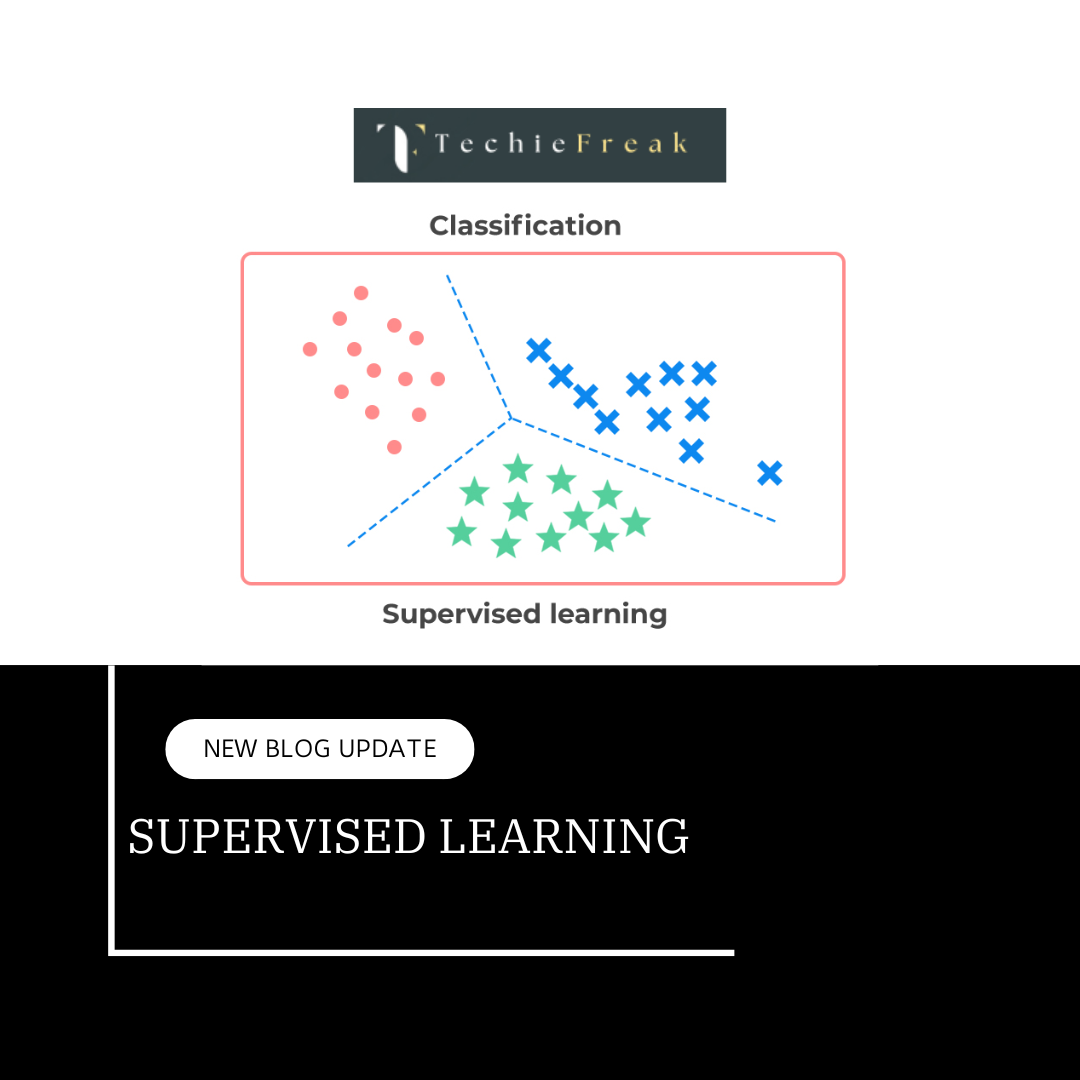
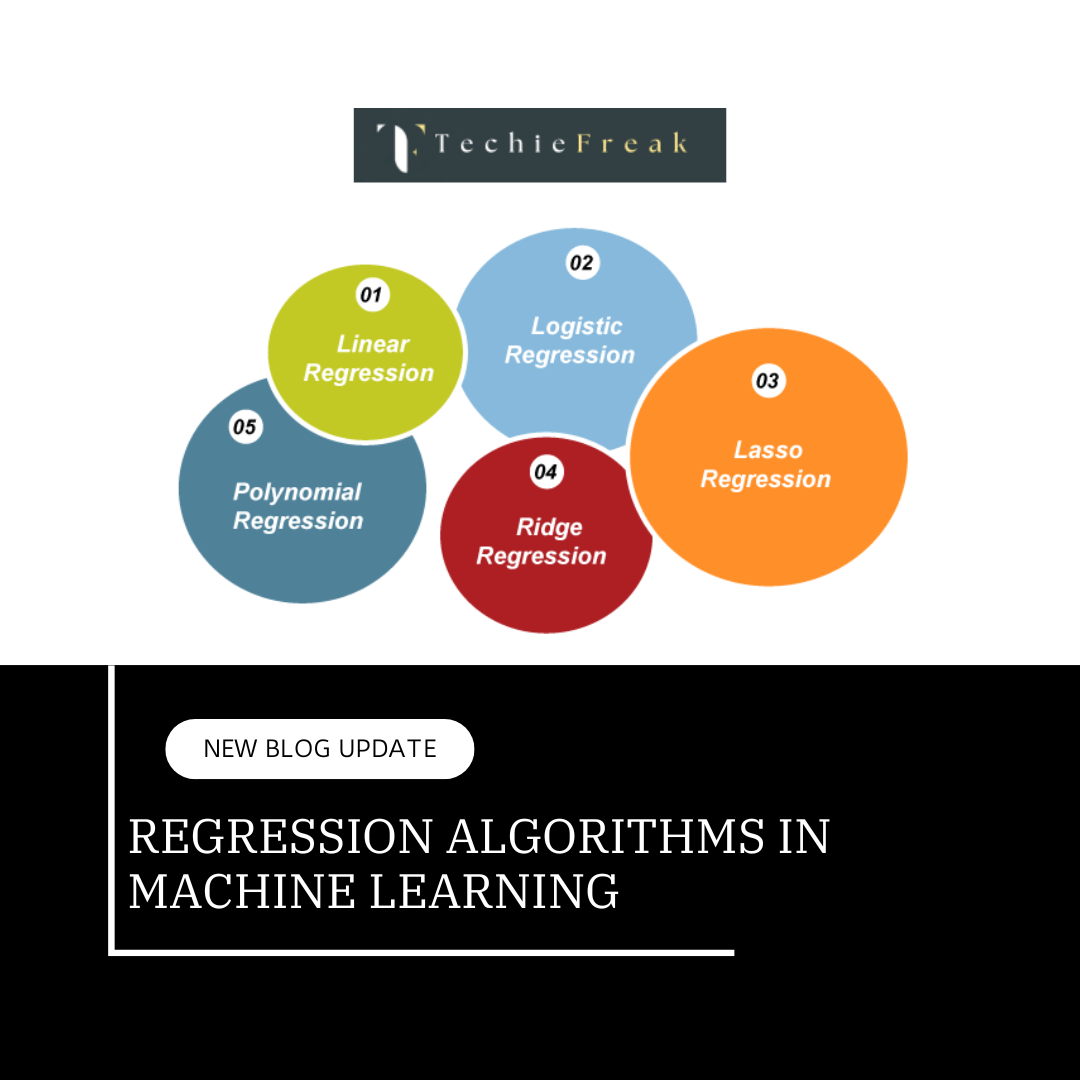
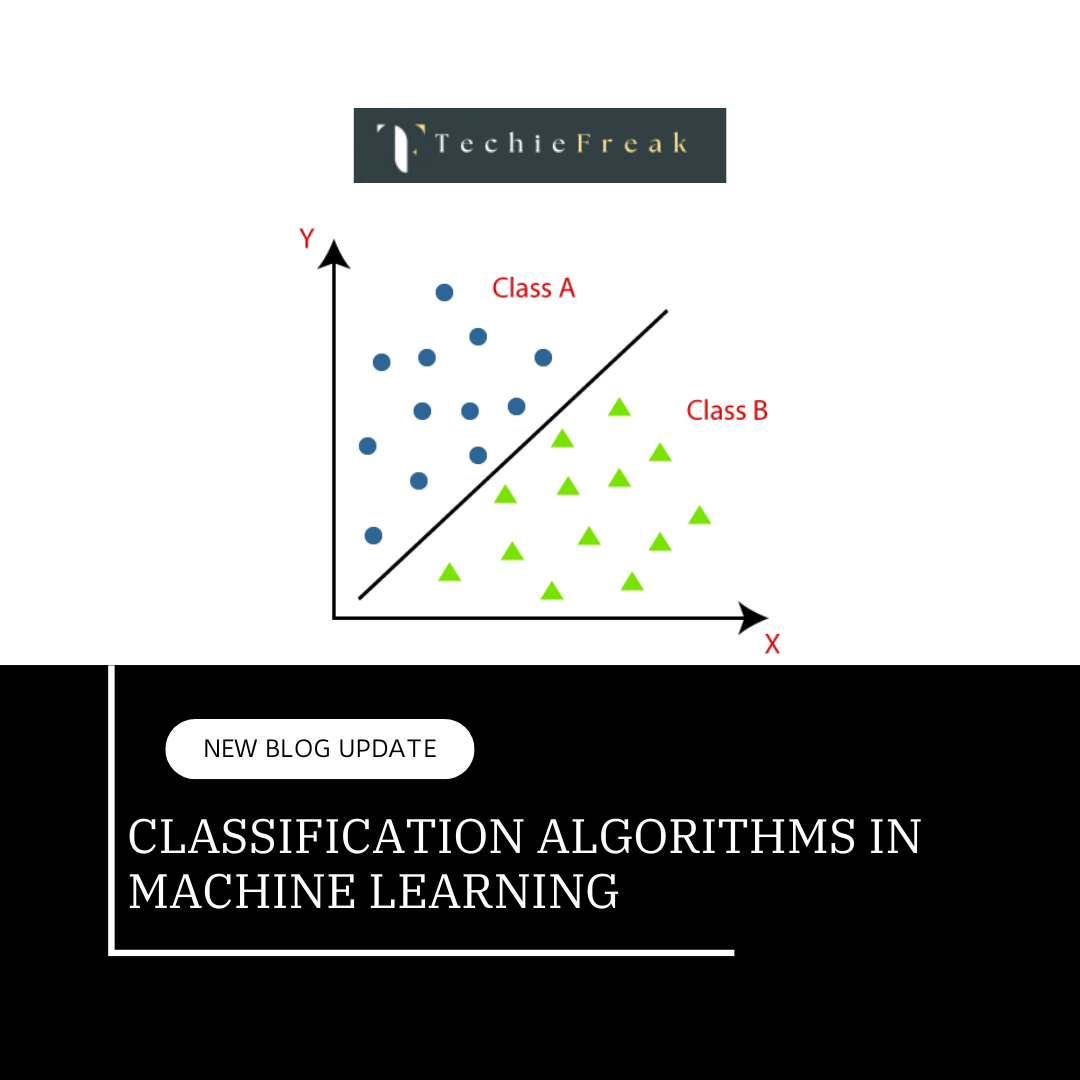
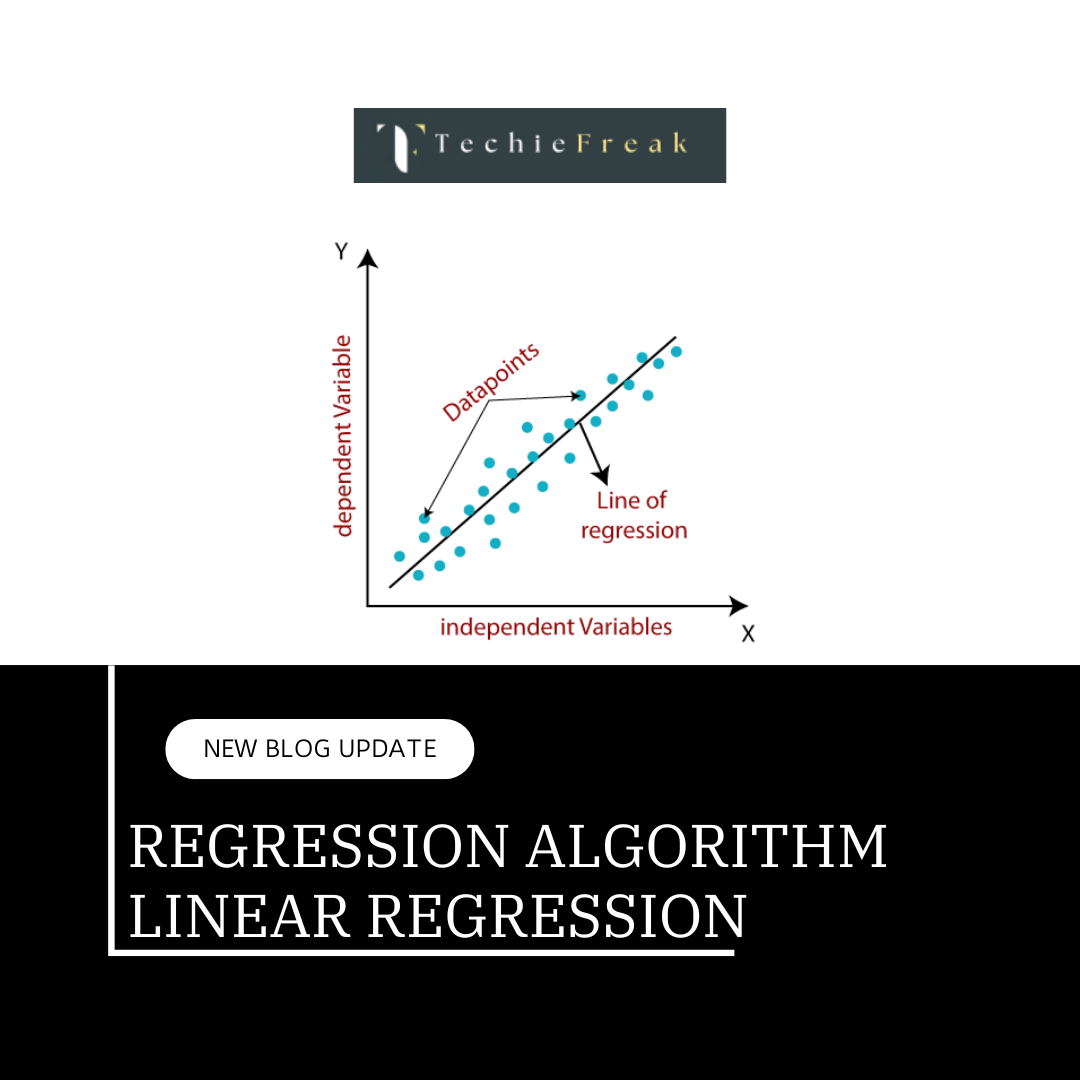
.png)
.png)
.png)
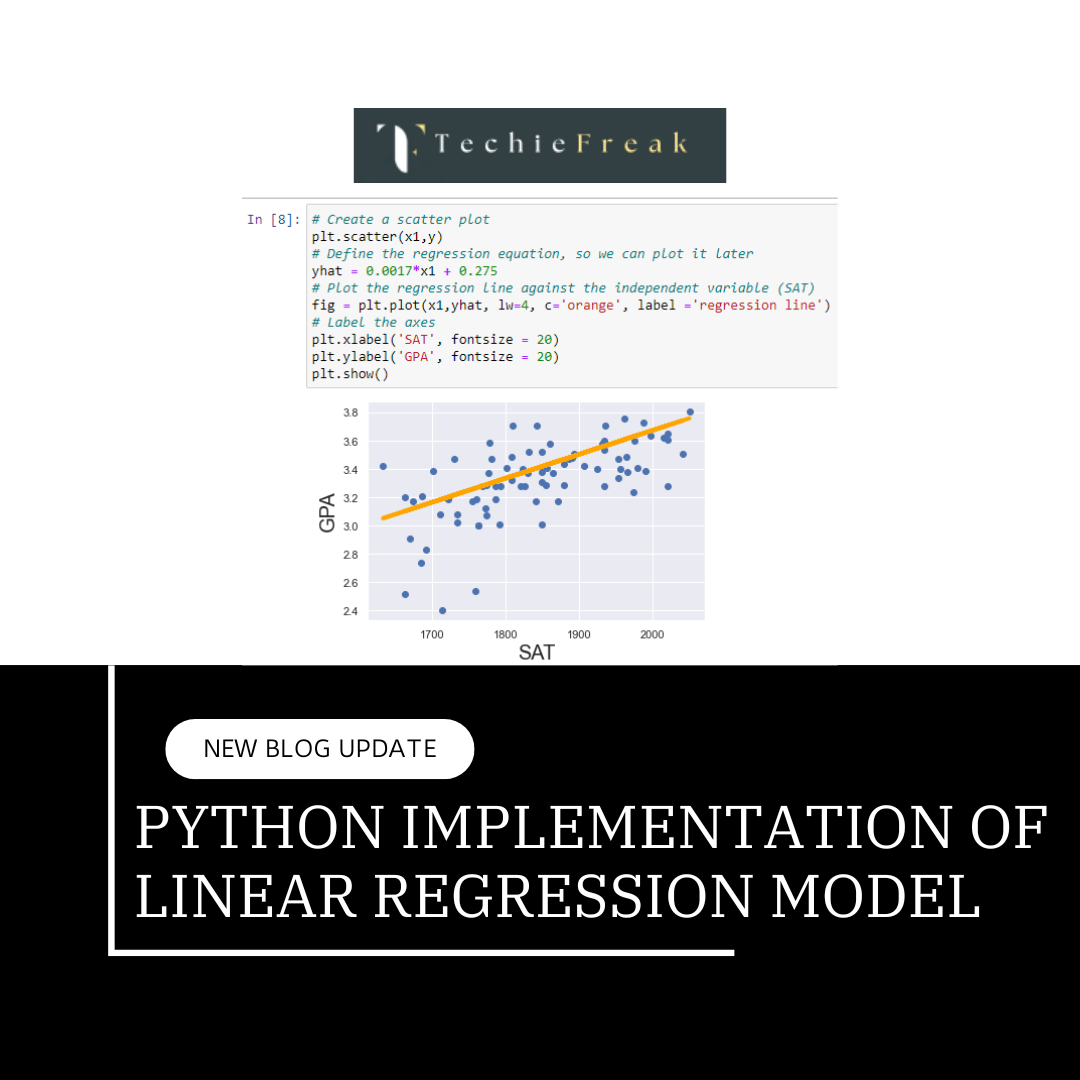
.png)
.png)
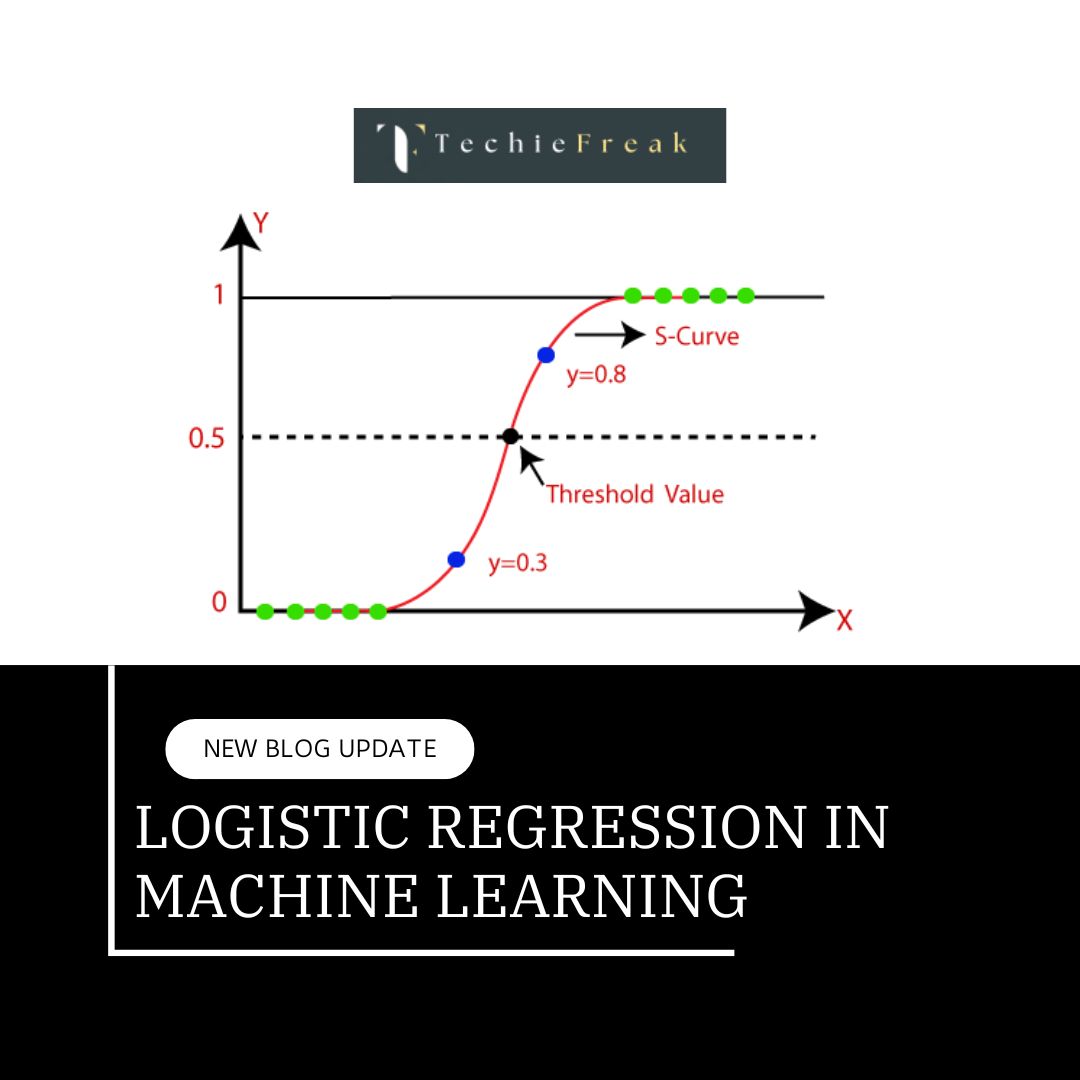
 Algorithm for Machine Learning.jpg)
 Algorithm.jpg)
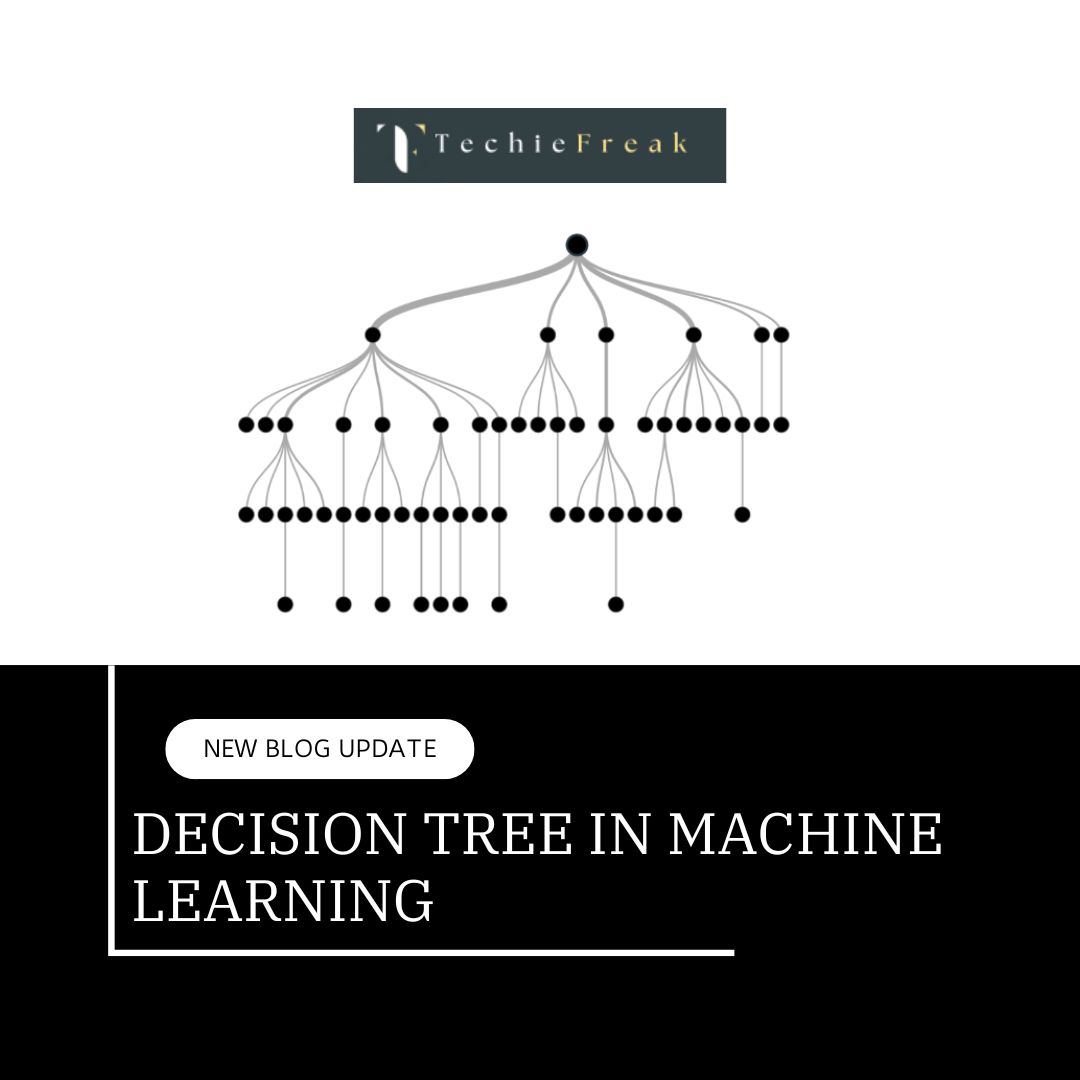
.png)
.png)
.png)
.png)
.png)
.png)
